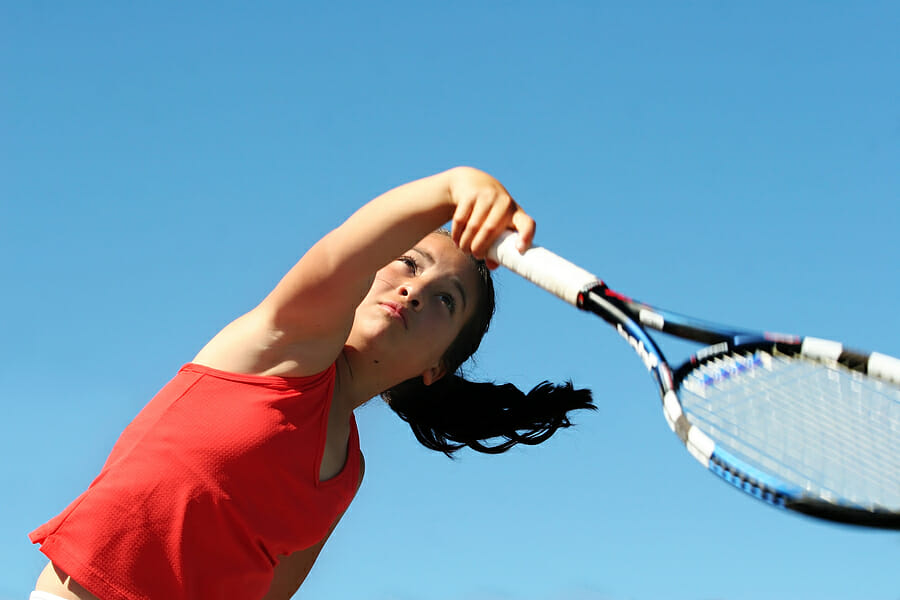The shoulder is an incredible joint. As one of two ball-and-socket joints in the body—the other being the hip joint—they allow for the freest range of motion of any joint, and are the only joints that can move in a full circle and rotate around their axis. But in its design, the shoulder also features a discrepancy in size that makes it vulnerable to injury.
The issue is that the ball (humerus, or upper arm bone) is much bigger than the socket (glenoid fossa). Due to the major difference in size, the shoulder is considered a very unstable joint, and the ball can easily slip out of the socket to cause pain and dysfunction. One feature of the shoulder that helps prevent this is the labrum, which is a band of cartilage around the edge of the socket that adds depth and keeps the humerus in place. Despite this added protection, shoulder injuries can still occur.
A SLAP tear, which stands for superior labrum, anterior to posterior, is an injury to the labrum, or more specifically, the top (superior) part of it, from its front to back. SLAP tears can come about from a single incident, such as falling on an outstretched arm or shoulder, or from doing lots of overhead activities on a regular basis. Participation in overhead sports like baseball or tennis, or lifting heavy objects repeatedly can all increase the likelihood of experiencing a SLAP tear. In other cases, they’re the result of the labrum wearing down, which occurs slowly over time as a part of the aging process.
When a SLAP tear occurs, typical symptoms include: a sensation of locking, popping or catching, pain with many movements of the shoulder, especially lifting heavy objects overhead, a decrease in shoulder strength and range of motion, and a feeling that the shoulder will suddenly “pop out.” If you’ve been experiencing these symptoms, a SLAP tear my be possible, but since there are many other causes of shoulder pain, a physical exam and possibly other tests like an MRI may be necessary to confirm the diagnosis.
If a SLAP tear is confirmed, unless it’s severe, non-surgical treatment that includes physical therapy is often recommended as the first course of action. Treatment for SLAP tears from Dynamic Sports Physical Therapists in New York City includes the following:
- Flexibility and range of motion exercises, which will include stretching of the shoulder capsule, the strong connective tissue that surrounds the joint
- Strengthening exercises for the muscles that support your shoulder, which will relieve pain and prevent further injury
- Plyometric exercises, which are especially useful if you’re trying to return to a high level of sports and recreation
- Manual therapy from the physical therapist to increase shoulder range of motion
- Integrative shoulder-core exercises and overhead lat stretches
- An analysis of your movement patterns and correction of any overhead faults
- Heat, ice and/or electrical stimulation
Following a treatment program with these components will usually help you return to your normal activity in about 6-8 weeks, but if no improvements are made, other options may need to be considered. If you’re experiencing shoulder pain that could be a SLAP tear or any other issues, Dynamic Sports Physical Therapy can help. Call us at 212-317-8303 for more information or to schedule an appointment.

